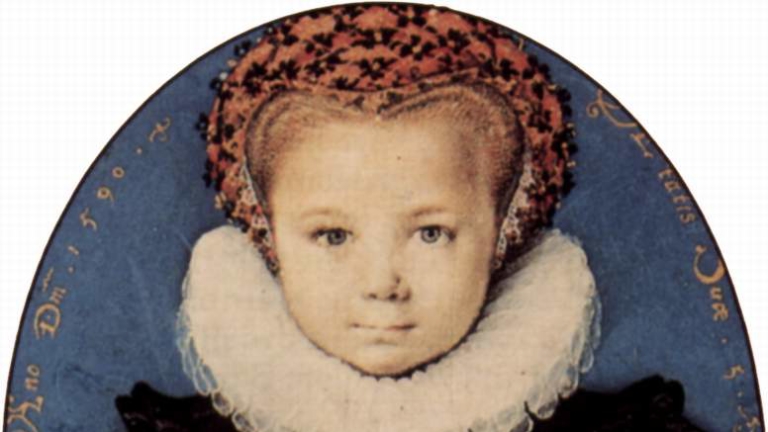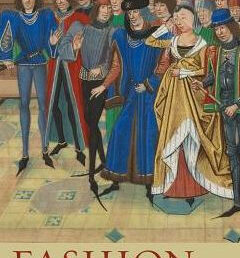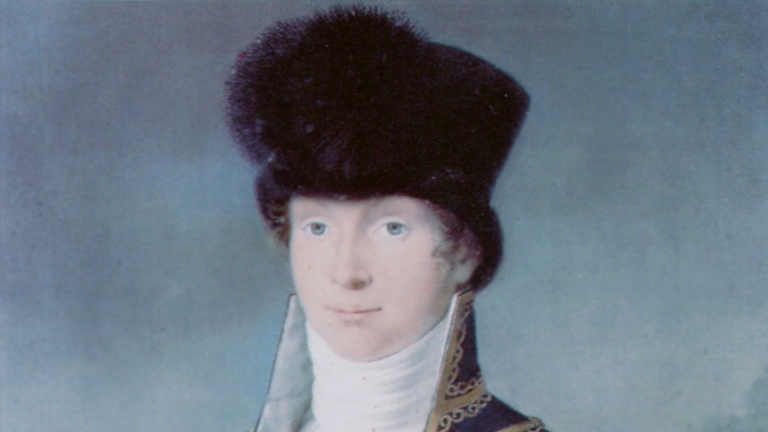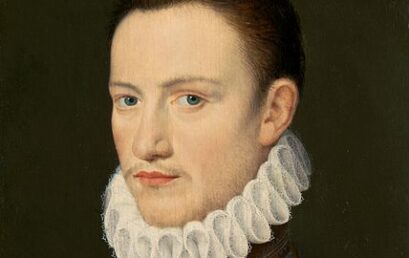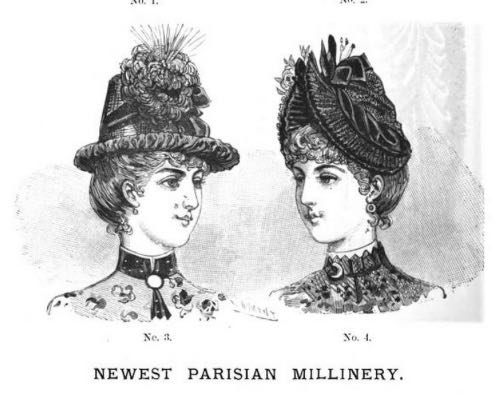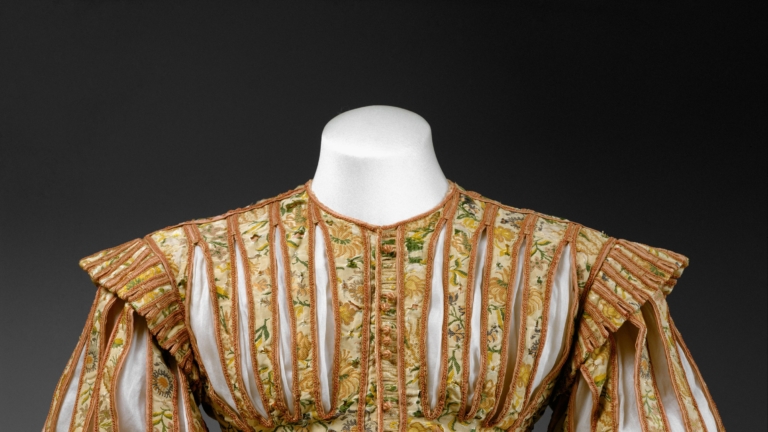19th Century Children
by Lynn Downward, First published for the November/December 2011 issue of Finery So you want to bring the kids to Dickens Fair this year – in costume! How can you possibly build children’s clothes when you’ve never researched them before and you have no time or money budgeted for it? In preparation for Dickens Fair, here is an overview of […]
Elizabethan Ruffs: Washing, Starching and Ironing
by Noel Gieleghem, First published for the September/October 2011 issue of Finery If you followed the instructions in Part One of this article, Ruff-ing It (printed in July 2011), you’re now the proud owner of a rather bedraggled ruffled collar. Starching and ironing will turn that humble object into a bona fide Elizabethan ruff. The final shape is determined, for […]
Book Review: Illuminating Fashion
by Cynthia Howell, First published for the September/October 2011 issue of Finery Are you looking for inspiration for your medieval gown? Has Google failed to yield images of extant garments? It’s time to turn to an unusual source: medieval illuminations. Illuminations provide a wealth of information on the appropriate types of fabrics and trims. Accessories often play a prominent role. […]
Beyond the Muslin Gown
by Virginia Solomon, First published for the September/October 2011 issue of Finery Too many times have I heard this statement, “I can’t wear Regency dress, I don’t have the body for it.” While it is true that many Regency illustrations depict willowy young things in clinging white gowns, there are many existing gowns in museum collections and illustrations, that depict […]
Ruff-ing It: Authentic Ruff Construction
by Noel Gieleghem, First published for the July/August 2011 issue of Finery No costumer’s career is complete without making at least one authentic Elizabethan ruff. Consider it a rite of passage. Here’s a recipe to create a 1570s-style stand-alone linen ruff of moderate fullness and depth. It’s a great jumping-off point for other projects which contain the “organized frill,” such […]
Spanish Medieval Menswear
by Cynthia Barnes, First published for the July/August 2011 issue of Finery The first half of the fourteenth century was a time of social and political upheaval in Catalunya (Catalonia) and other kingdoms of what would eventually unite as Spain. The social changes are paralleled in men’s dress, as revealed by my study of serving men’s fashion in Catalan paintings […]
From Head to Toe: The Colonial Williamsburg Collection
by Cynthia Howell, First published for the July/August 2011 issue of Finery One of the real pleasures of the accessories symposium in Williamsburg VA was the opportunity to view the exhibit “From Head to Toe, the Colonial Williamsburg Collection”. The DeWitt Wallace Decorative Arts Museum housed the exhibit in conjunction with symposium. While the exhibit was not huge, it was […]
The Conquistador Hat for Girls
by Thena MacArthur, First published for the May/June 2011 issue of Finery No, not talking about that metal helmet worn through the jungles of the Yucatan on the way to wiping out entire civilizations, I’m talking about a style of ladies’ hat and bonnet made popular in the 1880s. A useful fact about hats in the Bustle period that will […]
Visiting the 18th Century
Accessories at Williamsburg by Kendra Van Cleave, First published for the May/June 2011 issue of Finery In March, Colonial Williamsburg presented a research symposium called “Costume Accessories: Head to Toe,” which coincided with an exhibition of (mostly 18th century) accessories at the DeWitt Wallace Decorative Arts Museum. When it was first announced, I thought, “Cool! But – why is everything […]
Fashioning the Fit: the Evolution of the Doublet and Hose
by Frances Classe, First published for the May/June 2011 issue of Finery Costuming historians generally agree that tailoring techniques shifted significantly towards the middle of the 14th century. This shift towards more closely fitted garments and away from garments patterned by geometric forms (rectangles, trapezoids, triangles, etc.) is explained by some as an adoption of military under-dress for civilian usage. […]

